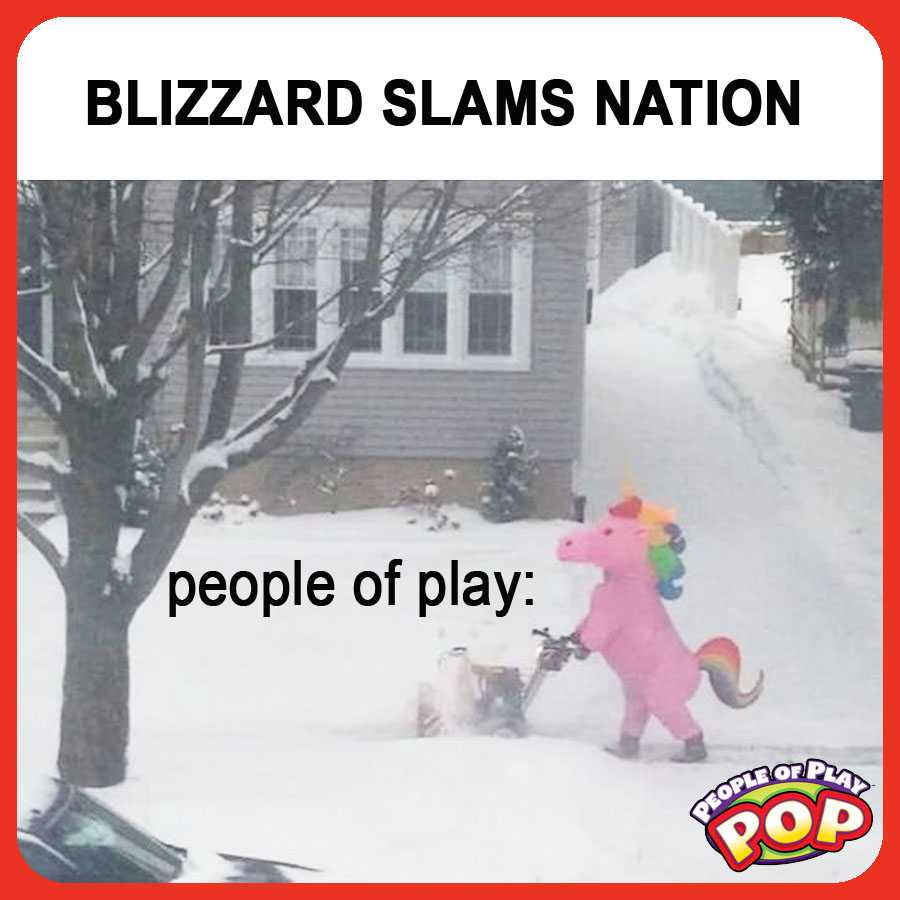Christopher Byrne, The Toy Guy, Shares His Thoughts on our Brave New Toy Industry
by Christopher Byrne | 12 Apr 2023
Industry Commentary, Op-Ed

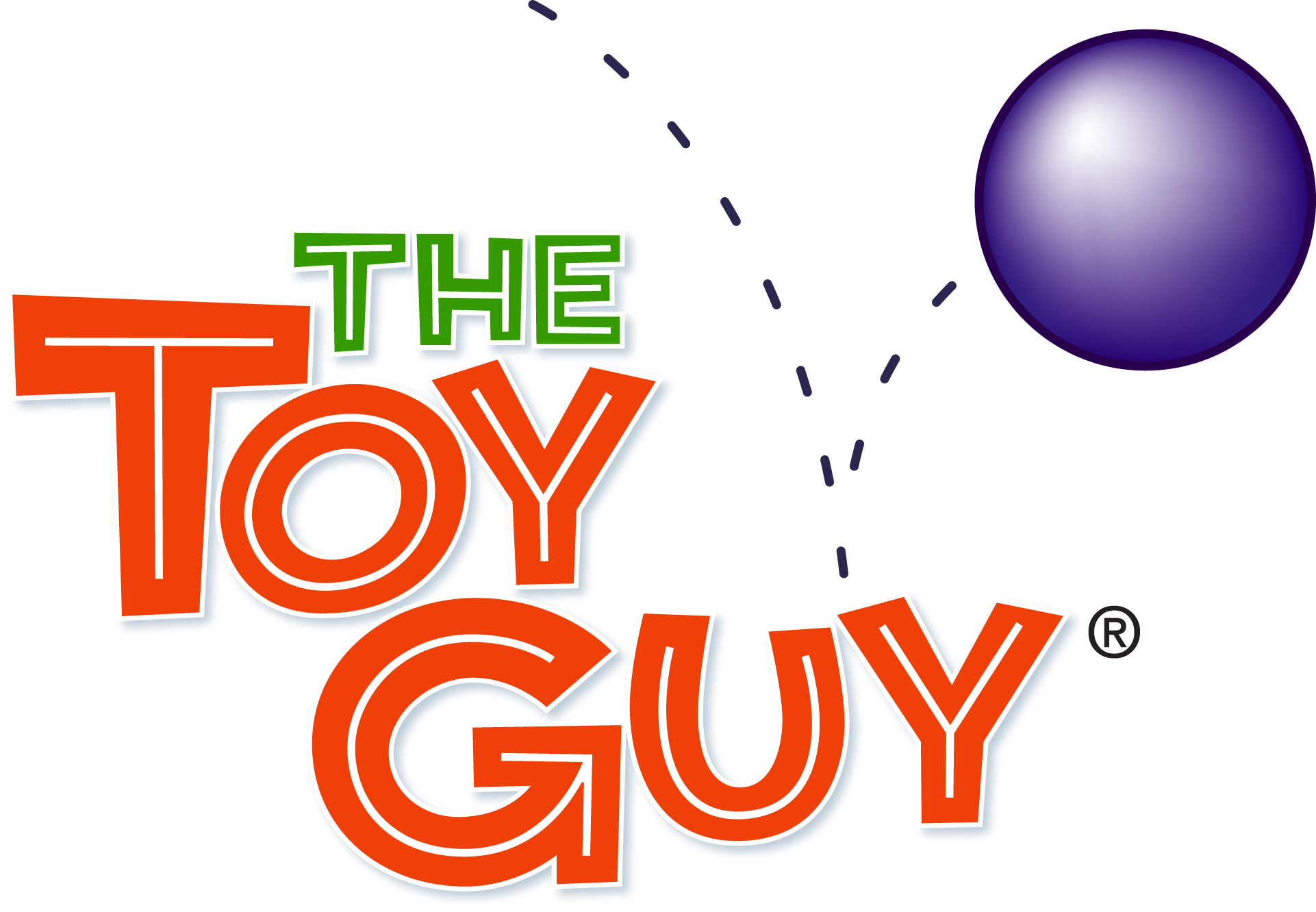
The toy industry is undergoing monumental change—in a scale not seen since the 1950s. Like any thriving industry, from the beginning of the 20th century when the U.S. toy industry was established, it has never “stood still.” However, the post-World War II years (And, arguably the Korean War, which ended in 1953.) revolutionized manufacturing, retailing, and marketing. Most significantly, the Eisenhower years established young people as a powerful economic force (Thanks, Boomers), increased leisure time, and through the miracle of television created a commonality of experience nationwide that had never been seen before. The toy industry that emerged from the late 1950s up until the late 1980s remained largely unchanged during that time. Sure, there were computer chips, VCRs, cable television, expansion of children’s programming, big box stores and toy chains (come and gone), offshore manufacturing, and other developments during those years, but the fundamental processes by which toys were developed, marketed, and sold remained fairly constant. An entire generation of people of play got very used to these established business models.
That’s all changed in 2023. Well, not all. Kids are still kids. Media still works. People still buy stuff. Santa still flies on December 24. Yet the speed with which practices have evolved is comparatively head-spinning, and that dynamism shows no sign of slowing down. What worked five years ago is virtually arcane now, and what’s working now may not in 18 months. If it’s not enough to keep you up at night, it should be enough to keep you on your toes.
So, how do you keep up? Well, the truth is, you probably can’t, and no amount of Windex will make your crystal ball more accurate. However, when we work with our clients, we like to identify the emerging meta-trends shaping the culture and the industry to build a business strategy. Operating within those allows you to adapt your tactics to reflect current marketplace practices. The benefit of this is that it provides both a business foundation and flexibility, the best of both worlds, if you will.
In many ways, we’re very fortunate to be in the toy business because no matter what else is going on, the role and function of play in the lives of children remain unchanged. Play serves three basic functions: explore the world, provide new experiences, and self-expression. The toys may change, but those functions are immutable. How they show up in toys—and how we invite and encourage people to play—reflects our present.
We continue to research and talk, and analyze and all that wonky stuff, and we’ve gained some insight on how the current market appears to be working:
Brands Are Communities—That’s true of any brand, but it’s especially relevant to the toy biz right now. Your consumers expect to be able to be in touch with you—and the expect you to respond. Whether through social media, online reviews, Roblox, or other platforms, you need to dedicate personnel and resources to engaging with your fans. I look at how companies like WowWee have leveraged their channels to build excitement and connection with their customers.
Data Is Your Friend—It’s incredible the amount of data you can collect—even staying within the limits of COPPA and respecting privacy rules. You need to use that data to communicate strategically. For example, re-marketing to people who have clicked on your content based on how long they engage is possible, and effective. I’m always surprised when companies don’t mine this gold to be more effective in developing their marketing programs. Yes, it’s detail-intensive and time-consuming, but it can pay off. One toy company (Sorry, I’m under NDA) developed four different ways to re-market based on an initial digital engagement, and the results beat projections by a factor of four.
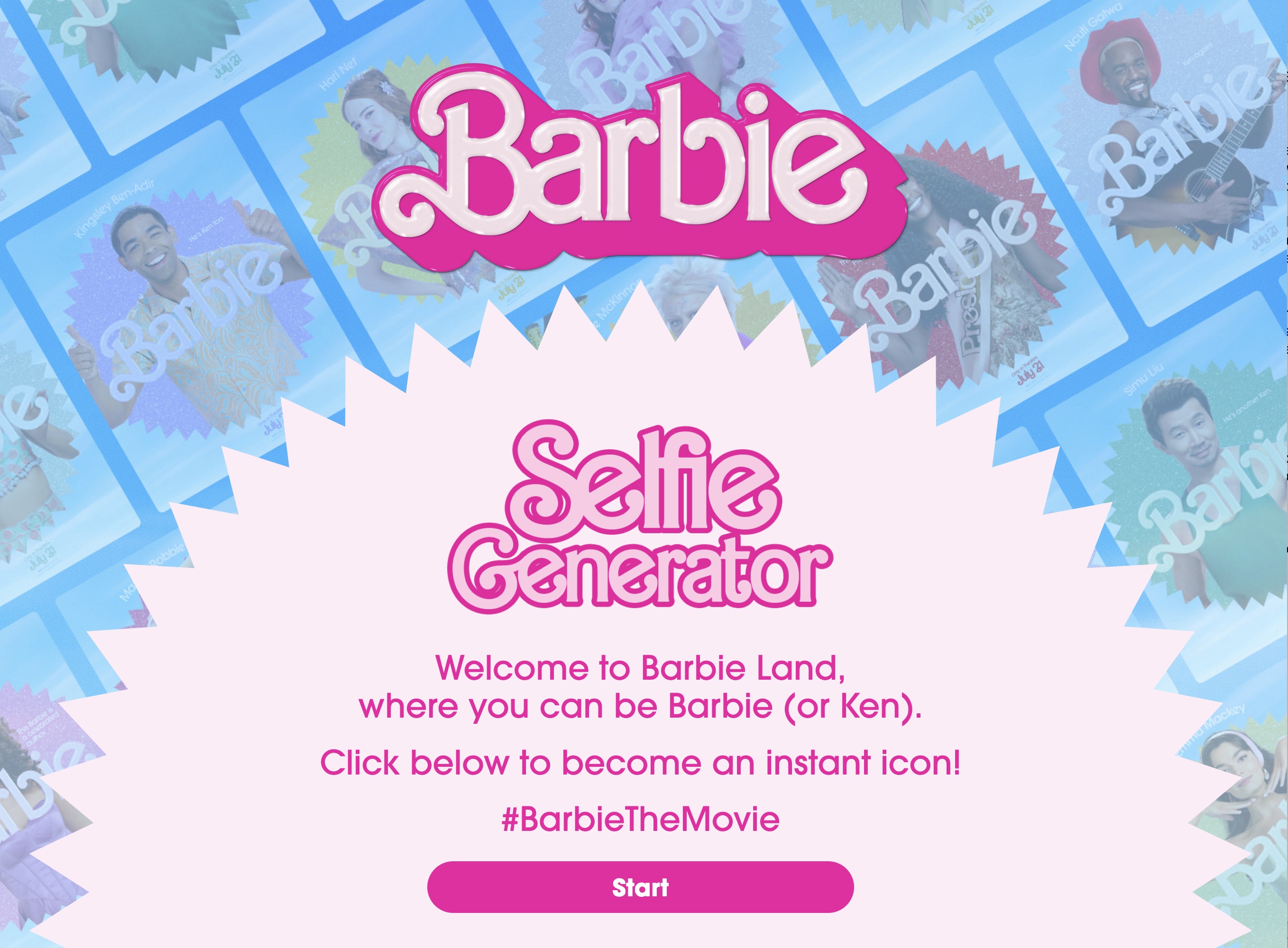
(Addressing a broader audience with a powerful promotion)
Lighten Up Your Content—Yes, you may have brand standards, but guess what? Kids don’t care about those. They want to have fun. Whether it’s TikTok, a commercial, or any content, the goal is to invite kids to play. I think about the gloriously off-the-hook stuff Orbeez did a few years ago with massive amounts of water pellets. (Pro Tip: Do NOT try to start some crazy challenge on TikTok. You may end up on the news and not in a good way.) Or something happening right now—the viral interest in the Barbie Movie trailer among teens and 20-somethings especially. I’m not exactly sure what Ruth Handler would think of it—and it’s not going to sell dolls to 4-year-olds—but the willingness to play with the brand and target a mostly non-toy audience is creating a very contemporary cultural event. Which brings us to…
Your Audience May Be Bigger Than You Think—It’s taken ten years, but Kidults are now a thing. (We first heard the term in 2013 at the Hong Kong Toys & Games Fair.) Look at Squishmallows. Look at Funko Pops. Look at Playmobil’s newly announced Ferrari relationship. Kids are not the primary audience. The Barbie Selfie Generator promotion is squarely targeted at kids who are “too big” for dolls, but they’re having a blast with a beloved brand. Crayola has responded to the adult coloring trend with a sophisticated line of markers that are definitely not your preschooler’s crayons. The Harry Potter and LEGO stores in my neighborhood are crowded all the time—and not just with kids. We are a culture that likes to play, and—thanks in part to the pandemic—we’re a culture that plays inter-generationally. That certainly didn’t happen in the post-WWII years.
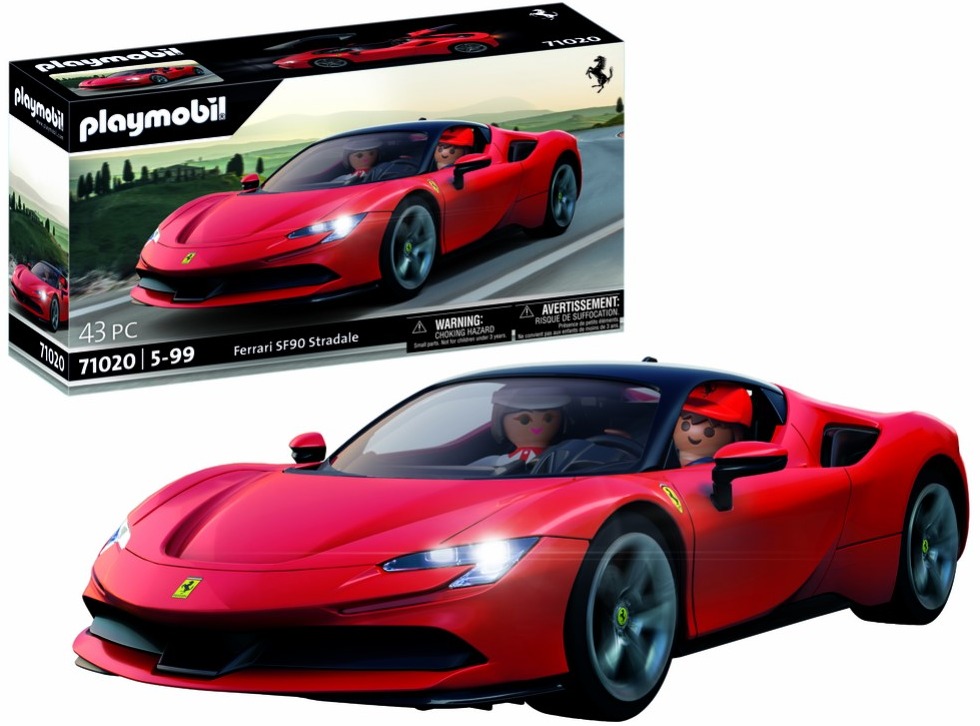
(Playmobil taps Ferrari for car lovers of all generations.)
You Must Be Found—Given how crowded and competitive the market is and given how fragmented the media market is, you have to make a great deal of noise to make an impact. There are many ways to do this at different budget levels, but the most effective programs use a wide variety of tactics: social media, traditional TV, classic PR, influencers (paid or organic) trade shows, media shows. You have to decide if you want a short-term bump for an on-trend item with a fast in and out, or whether you can do a slower build. You also have to tailor your messages to the medium and the audience. Today’s mass-market is really a collection of niches, but the good news is you really can talk to each of them, if you do the analysis and create a specific communications strategy. The one thing you can’t do is put stuff out there and hope customers will find it. That won’t cut it in today’s world. We know budgets are tight, but you have to invest, or you won’t be found. (Sorry, Evan Hansen.)
This is where our friend data can help as well because in many cases you can reallocate efforts and funds when one tactic is working. Yet, what’s different in 2023 from the TV blitzes of the 1960s is that you’re using many different channels. The ultimate goal is the same, however. Reach and frequency still work to drive awareness and preference. It’s a concept that was first used by advertisers in the 19th century and popularized in the early 1960s by sociologist Leo Bogart. It’s shaped the marketing business since.
So, yes, the game is changing, but we like to say that as long as humans reproduce and buy stuff for the kiddos, there will be a toy industry. So, if you want to compete, make sure you learn the new rules…and play to win.
Christopher Byrne is a 30-plus year veteran of the toy industry. He’s an independent researcher, analyst, historian, and consultant. Find him at his consumer-facing site, TheToyGuy.com.
Recent Blogs
Recent Blogs
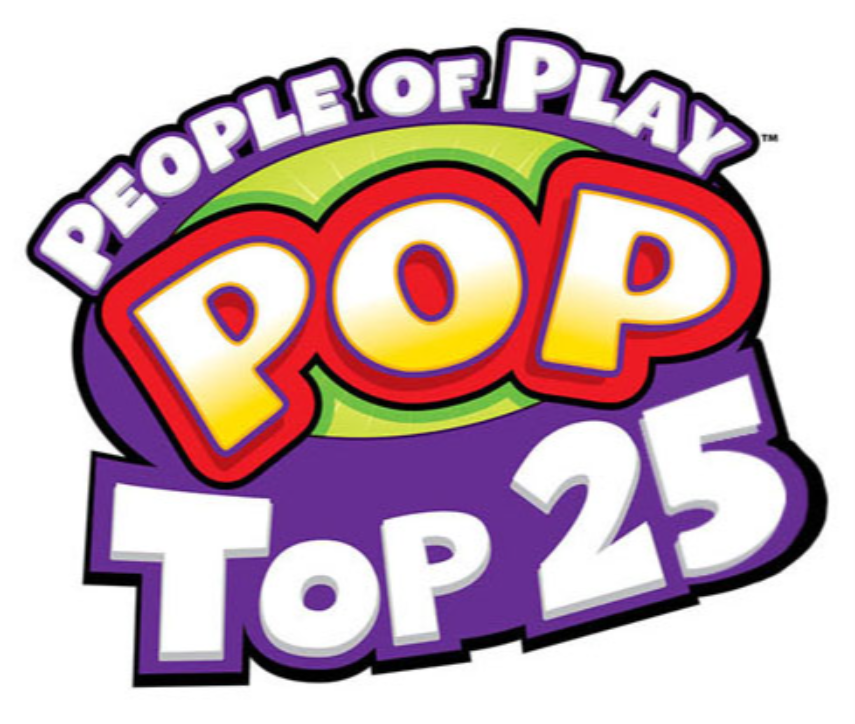
Industry Commentary, Op-Ed
The Top 25 POP Profiles of 2025

Biographies and Interviews
Ben Krenz Talks Moose Games, The Rise of Kidults, and More!

The Bloom Report
The Bloom Report Issue Archive
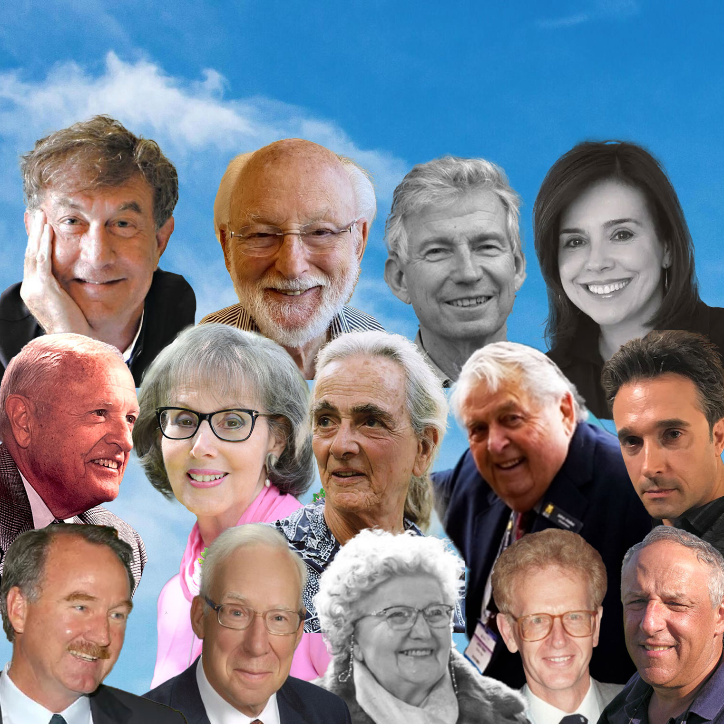
Play Through History
The Lives They Lived: Rest in Play Edition 2025

The Bloom Report
Toy and Game People Obituaries - RIP - Rest in Play
See more
Recent Wiki
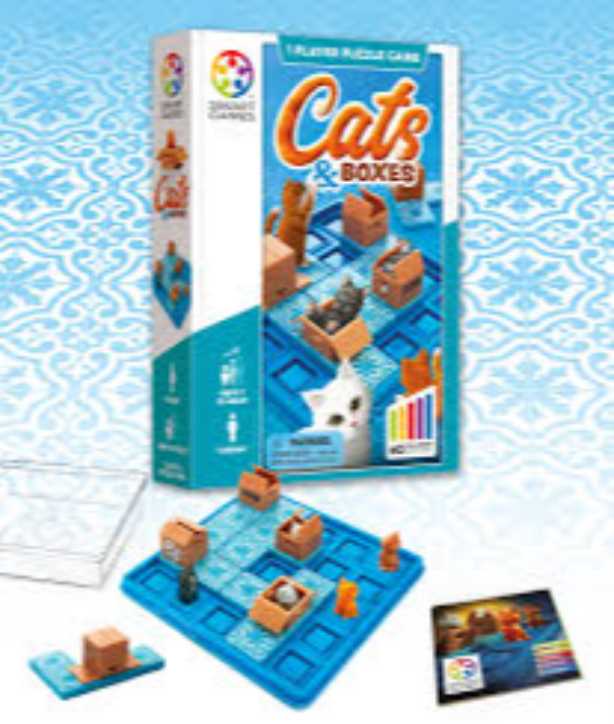
BOOK REVIEWS
Game Review: Cats & Boxes

PEOPLE
Ana Maria, Founder of The Magical Underland Inc., Rings in the Holidays with a new kind of Christmas Tree
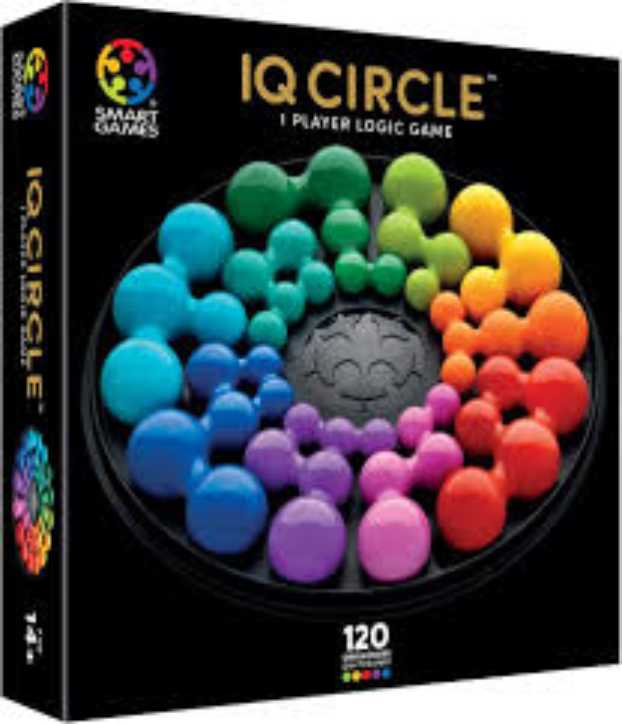
BOOK REVIEWS
Game Review: IQ Circle

PEOPLE
Catching up with Eric Olsen, The Inventor of Flip 7 and Co-Creator of Messy Table Games

BOOK REVIEWS
Book Review: Happytecture by Anna Devís & Daniel Rueda
See more
POP's Got Talent

POP Entertainment
Randy Klimpert Shares his Ukulele Collection

POP Entertainment
Steve Casino Peanut Art

POP Entertainment
Everyone's Talking about POP!

POP Entertainment
Princess Etch - a Multi-Talented Etch A Sketch Artist

POP Entertainment
Joseph Herscher of Joseph' s Machines.
See more
Recent POPcast

Hidden Role: The Brains Behind your Favorite Games
Connie Vogelmann designed Apiary & Wyrmspan!

Hidden Role: The Brains Behind your Favorite Games
Bob Fuhrer... Is THE Crocodile Dentist!

Hidden Role: The Brains Behind your Favorite Games
Tom Dusenberry... Bought Atari, Wizards of the Coast, and Avalon Hill!

Hidden Role: The Brains Behind your Favorite Games
Matt Leacock created Pandemic... the game!

Hidden Role: The Brains Behind your Favorite Games
Scott Brown and Tim Swindle... are Launching a New Sport!
See more
POPDuos

POPDuos: Interviews with Legends and Leaders
POPDuo: Richard Dickson, Mattel’s President & COO, and Kedar Narayan, Young Inventor Challenge AMB

POPDuos: Interviews with Legends and Leaders
POPDuo: Will Shortz and Josh Wardle

POPDuos: Legends and Leaders Explore Creativity
POP Duo: Elan Lee, Co-Founder, Exploding Kittens.and Jeff Probst, Host and Exec Producer, Survivor

POPDuos: Legends and Leaders Explore Creativity
POP Duo: David Fuhrer, MNG Director, Blue Sq Innovations & Shawn Green, past Dodgers & Mets MLB Star

POPDuos: Legends and Leaders Explore Creativity
POP Duo: Bob Fuhrer, Founder, Nextoy and Tom Fazio, Golf Course Designer
See more
